F-F
Family. Intermediate taxon between Order and Genus. In zoology families are named in Latin with the completion -idae (for example Felidae, Félidos) and in botany with the ending -eae (for example Rosaceae, rosacea). As in other taxa, higher groups can be established (superfamilies) the inferior (Subfamilias).
activated sludge. sludge (particles in aqueous suspension) containing a significant load of microorganisms, capable of degrading the organic matter present in wastewater.
FAO: Food and Agriculture Organization of the United Nations. It is based in Rome, Italia. Its objectives are to raise the nutrition and living standards of the world population.; improve the production and marketing of agricultural products, forestry and fishing; promote rural development and eliminate hunger in the world.
Fauna: Strictly, would be the equivalent of flora. However, dado que no existe en el ámbito zoológico un equivalente al término "vegetación", a veces se usa "fauna" indistinctly.
Phenol. Very toxic and irritating aromatic organic compound. It has numerous applications in the chemical industry (production of synthetic resins, disinfectants, etc.). Formula C6H5OH.
Phenols. Organic compounds derived from benzene (C6H6) in which one, two or three hydrogens of the benzene nucleus are replaced by -OH radicals. Phenols have applications in the chemical industry and as pesticides and are toxic.
Phenology. Recording of the appearance of climate-dependent biological phenomena, and therefore, seasonally (flowering and fruiting plants, arrival of migratory birds, etc.).
Fermentation. Biological degradation of organic compounds to simpler compounds, usually in the absence of oxygen, such as alcoholic fermentation, lactic or acetic. Most fermentations are carried out by microorganisms., but cells of higher organisms can ferment compounds for short periods of time, for example, oxygen-deficient muscle transforms glucose into lactic acid via fermentation.
pheromone. Substance secreted by an organism and released into the external environment, producing changes or responses in development and social behavior, player, etc., of the members of the species and even, from those of other species. These substances are a means of communication in which smell and other specialized structures are used to perceive them..
Fertilizer.Substance added to agricultural soils to improve crop yields and the quality of production. There are organic fertilizers, such as manure or compost, and inorganic or mineral fertilizers, used to supply the soil with nitrogen, potassium and calcium in the form of salts.
Phytosanitary. Substances added to agricultural crops to treat plant diseases, modify your physiology, remove competing or parasitic plant species or harmful animal species.
Flora: Set of systematic entities that make up the vegetation of an area.
high fleet. Set of boats dedicated to fishing in high seas maritime areas.
high rise fleet. Set of boats dedicated to fishing in high seas maritime areas, especially far from their docking points.
littoral fleet. Fleet, usually composed of light boats, dedicated to fishing in maritime areas near the coast.
Fluorine. Chemical element of group VII of the periodic table or halogens. Atomic number 9 and atomic mass 18.998. It is the most electronegative and reactive element.. hydrogen fluoride (HF) in solution (hydrofluoric acid) it is extremely corrosive, able to dissolve glass. Fluorine is used in the manufacture of CFCs´s. Symbol F.
hydrogen fluoride. fuming gas or colorless liquid (boiling point 19.5ºC), that as its aqueous solution, hydrofluoric acid, it is very corrosive and toxic. HF formula.
fluorides. F-ion- and its salts or hydrofluoric acid salts (HF). The different fluorides have various applications in the glass industry, timber, nail polishes, welds, optics, etc. Many industrial processes produce fluorides whose emissions are polluting due to their toxicity to plants and animals..
phosphates. PO43 ion- and their salts or phosphoric acid salts, H3PO4. Phosphates are essential components of living beings and are also nutrients for plants. They have various industrial applications and as fertilizers. Discharges of phosphates into natural waters can cause eutrophication.
Phosphor. Element of group V of the periodic table. Atomic number 15 and atomic mass 30.974. It is a highly active non-metallic element., so it is not found free in nature, appearing in various forms, among which white and red phosphorus are more frequent. Apatite and phosphorite are minerals with significant phosphorus content.. In living beings it is a macroelement. Essential nutrient for plants, is part of inorganic fertilizers. P symbol.
Fosfoyesos. By-product of the manufacture of phosphoric acid from phosphorite by the wet process. Its formula is calcium sulfate with two water molecules. Its main problem is the acid that it carries when it is discharged from impurities such as fluoride and some heavy metals that constitute an obstacle for its subsequent use..
Fraction <63 microns. Components of a particle mixture (like the sediments) with a diameter less than 63 microns.
leafy. Order of plants that do not produce cones or cones, which includes almost all current Angiosperms.
Leak: Indicates accidental situations in which a hazardous or non-hazardous substance or residue, has the possibility of entering directly into the environment.
Fusion. Change of a substance from solid to liquid. A substance is in a solid state if the temperature is below its melting point.. If the temperature is higher than the melting point, the substance is in a liquid state, and if it is equal to the melting point there is an equilibrium between the solid and liquid phases

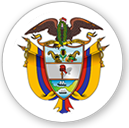





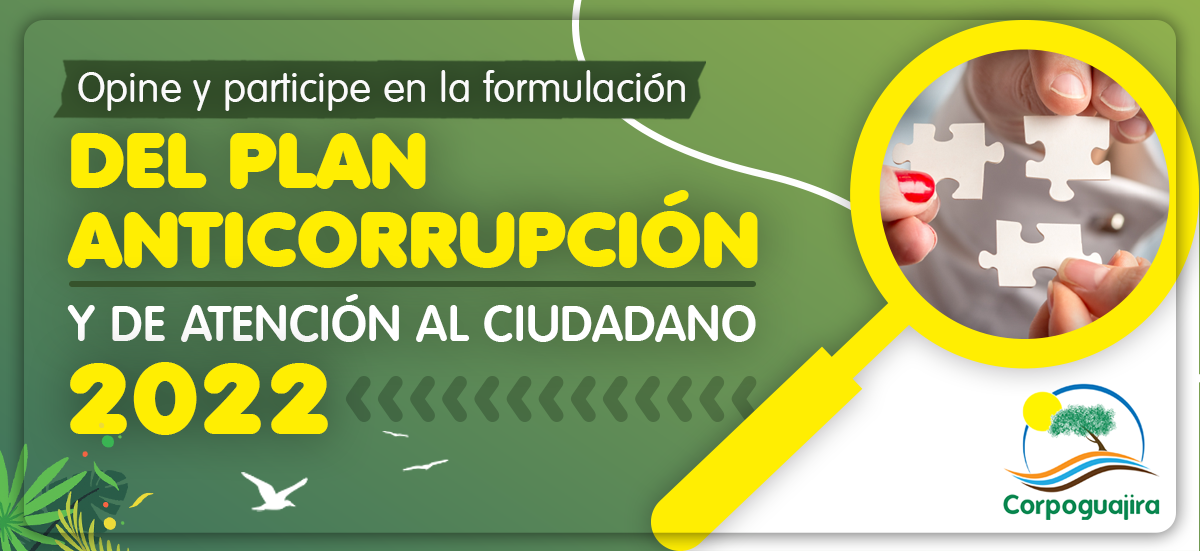
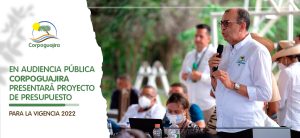







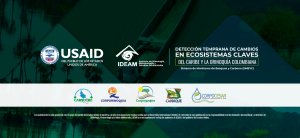










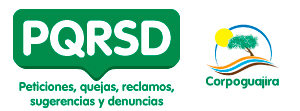



Leave a reply
I am sorry, you should be connected to post a comment.